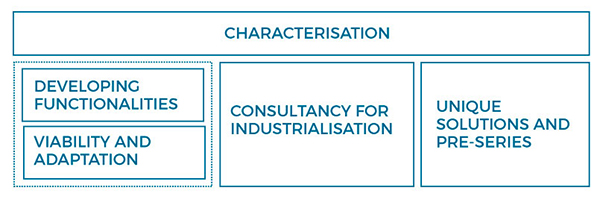THE EXPERT'S VIEW
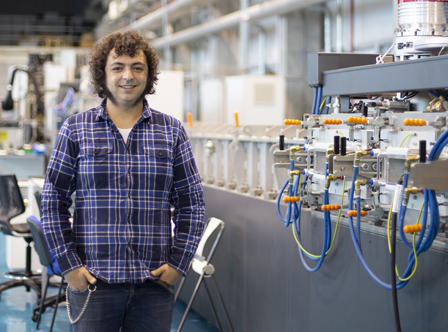
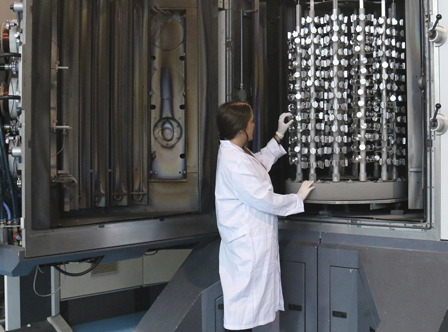
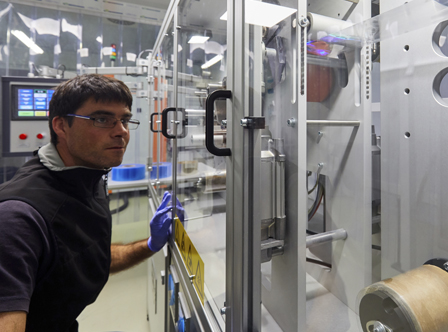
IK4-TEKNIKER has an extensive track record as regards developing functional surfaces on different materials and applications which, together with its capabilities in terms of engineering and process automation, has allowed laboratories to industrialise and transfer recent developments to companies at large.
Surfaces provide a meeting point between an object and its environment, in such a way that surface properties determine how it will behave when put in contact with other objects, light, biological organisms or aggressive environments. Physical-chemical characteristics of surfaces are associated with properties such as aesthetics, behaviour to corrosion and wear, their ability to remain clean or use sunlight to produce energy. Consequently, if we are able to modify surface properties, it will be possible to achieve new functionalities or improve the properties of materials.
An industrial vision: multi-functionality, scalability and life in use
Although each application is associated with its specific needs, all of them have three requirements in common: surface multi-functionality, the application of processes in the industry and maintaining functionalities throughout a component's life cycle.
Generally speaking, the distinctive features of each application usually mean that there is more than one functionality involved such as, for instance, corrosion and wear resistance in mechanical components; transparency and electric conductivity in touch screens; anti-bacterial and wear protection in implants; or easy-cleaning properties and temperature resistance on surfaces where food is cooked. This is why, in most applications, multi-functional surfaces are required.
There are different technologies such as surface coatings or structures at micro and nanoscopic scales that allow surface properties to be modified. The requirements of each application, moreover, will determine which technology or combination of technologies offers the most suitable option with regard to production requirements and how it must be integrated in the industrial processes of each company.
In this regard, we have several coating and structuring processes available at IK4-TEKNIKER that can be scaled at an industrial level. This provides enough resilience to deliver optimum surface solutions for specific production processes.
In order to ensure that new functionalities are maintained throughout a product's life cycle, we have characterisation options such as laboratory tests or test benches for components to monitor functionalities under diverse environmental and wear conditions (temperature, humidity, corrosion, etc.).
Applications and technologies
New skins: functional coatings
One of the most frequently used strategies when surface properties have to be modified consists in applying coatings that act as a new skin to achieve the desired level of functionality. There are several types of coating technologies and the most suitable ones for each application will determine the functionalities required and production costs.
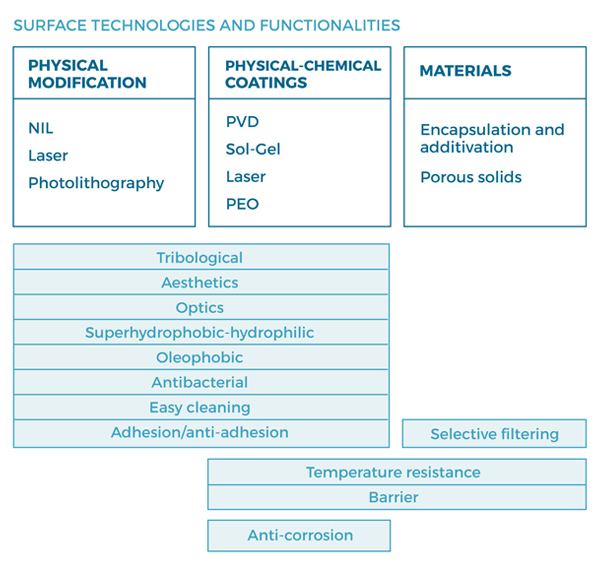
Consequently, coating technologies such as PVD (Physical Vapour Deposition) have been used for years to improve properties such as component and tool wear resistance or to reduce friction in everyday applications involving objects like razor blades or highly technological things like satellite components.
PVD is, in fact, a highly versatile technology in terms of the materials that can be deposited or the different types of substrates that can be coated. Their scalability and low cost per part have allowed PVD to play a significant role in an extensive range of applications such as optical layers for lenses, the generation of solar power or aesthetic metallic-like coatings on ceramic and plastic materials, among others.
Additionally, humidity-based chemical coatings using Sol Gel techniques offer additional functionalities very demanded by the market. Both their resilience with regard to formulations as well as the possibility of using additives in the form of nanoparticles make it possible to obtain surface properties repelling diverse substances together with anti-soiling or anti-dirt and self-cleaning functionalities covering a large number of applications. This technology embraces applications ranging from domestic and industrial appliances to reflectors at solar concentration plants.
The possibility, moreover, of applying Sol Gel formulations by using techniques such as dipping, spraying or curtain have made it possible to install them in existing production processes involving minimum spending.
Both PVD and Sol Gel produce thin layer coatings which, in addition to the previously described functionalities, can also provide protection to cope with a number of corrosion mechanisms.
In cases characterised by exposure to aggressive environments, however, it might be necessary to apply technologies that produce thicker protective layers. Such is the case of plasma electro-oxidation technique used on light titanium, aluminium or magnesium alloys to obtain hard, high wear resistant surfaces and a high level of protection against corrosion and high temperatures. This is a very interesting option for lightweight, high-performance components in the aeronautical and automotive sectors.
Another alternative is the laser filler technique that is used to deposit thick, highly protective layers of ceramics or alloyed metals to cope with corrosion and wear. Paint still plays a significant role in applications where it is necessary to protect large infrastructures exposed to marine environments (offshore wind turbine generators) or ships to prevent the formation of biofouling. To achieve this goal, current research strategies are focused on incorporating additives with nanoparticles to improve properties, extend life cycles and avoid high maintenance costs resulting from replacing paint once it degrades.
Biomimetics: structures inspired by nature
Millions of years of evolution have provided plants and animals with very refined mechanisms to guarantee their survival. In many cases, these mechanisms can be found on plant leaves or animal skin.
Breakthroughs in microscopy techniques have shown that certain natural surfaces feature nano and micrometric structures with special properties. For instance, organisms such as leaves of lotus flowers are always clean thanks to hierarchical structures that produces super hydrophobia allowing water drops to slide on a surface and remove any traces of dirt. Shark skin has a surface structure that bestows hydrodynamic advantages and prevents the growth of organisms. Moths have eyes with an antireflection structure that improves night vision.
These special properties have served as a source of inspiration to generate surface structures for industrial applications. To replicate structures of this kind there are technologies such as pulsed laser that control the amount of energy applied to generate surface structures at a micrometric level on metallic, ceramic or plastic materials. Likewise, nano printing lithography uses stamps to imprint structures with nanometric patterns on polymers that can be subsequently transferred to other materials such as metals by means of lithographic techniques.
These techniques, moreover, are interesting as they can be incorporated to industrial processes. In the case of laser technologies, they can generate negatives of structures on moulds or laminating rollers to be later transferred effectively (cost-wise) to the parts themselves without having to process each part individually with laser. Nano printing lithography processes, in fact, can be scaled by means of continuous processes (roll to roll or roll to plate).
In this manner, it becomes possible to transfer some of the surface functionalities achieved in a highly efficient manner by natural organisms to industrial applications and materials. These structuring strategies, moreover, can be combined with thin layers of coating to improve the functionality provided by structuring or incorporate other additional functionalities to components.
IK4-TEKNIKER: The present and future of multifunctional surfaces in the industry
We have more than 25 years of experience at IK4-TEKNIKER in the development and industrial implementation of multifunctional surfaces for a number of applications. We also have our in-house capabilities in terms of engineering, automation and robotics as well as a strategic approach for process scaling and surfaces to develop the most innovative functionalities and technologies to anticipate future market demands.
All the knowledge and expertise acquired over these years are fully in line with the Solution for Multifunctional Services that IK4-TEKNIKER offers to companies, so they can identify surface solutions to address their specific problems.
The solution embraces initial diagnostics and characterisation to establish the best strategy and technology, the development or adaptation of multifunctional surfaces and the industrial implementation of solutions. It allows us to walk beside our customers at all times; from the early development stages to the moment when new processes and innovative products are launched into the market, thus playing the role of suppliers delivering integral solutions for the industry.
